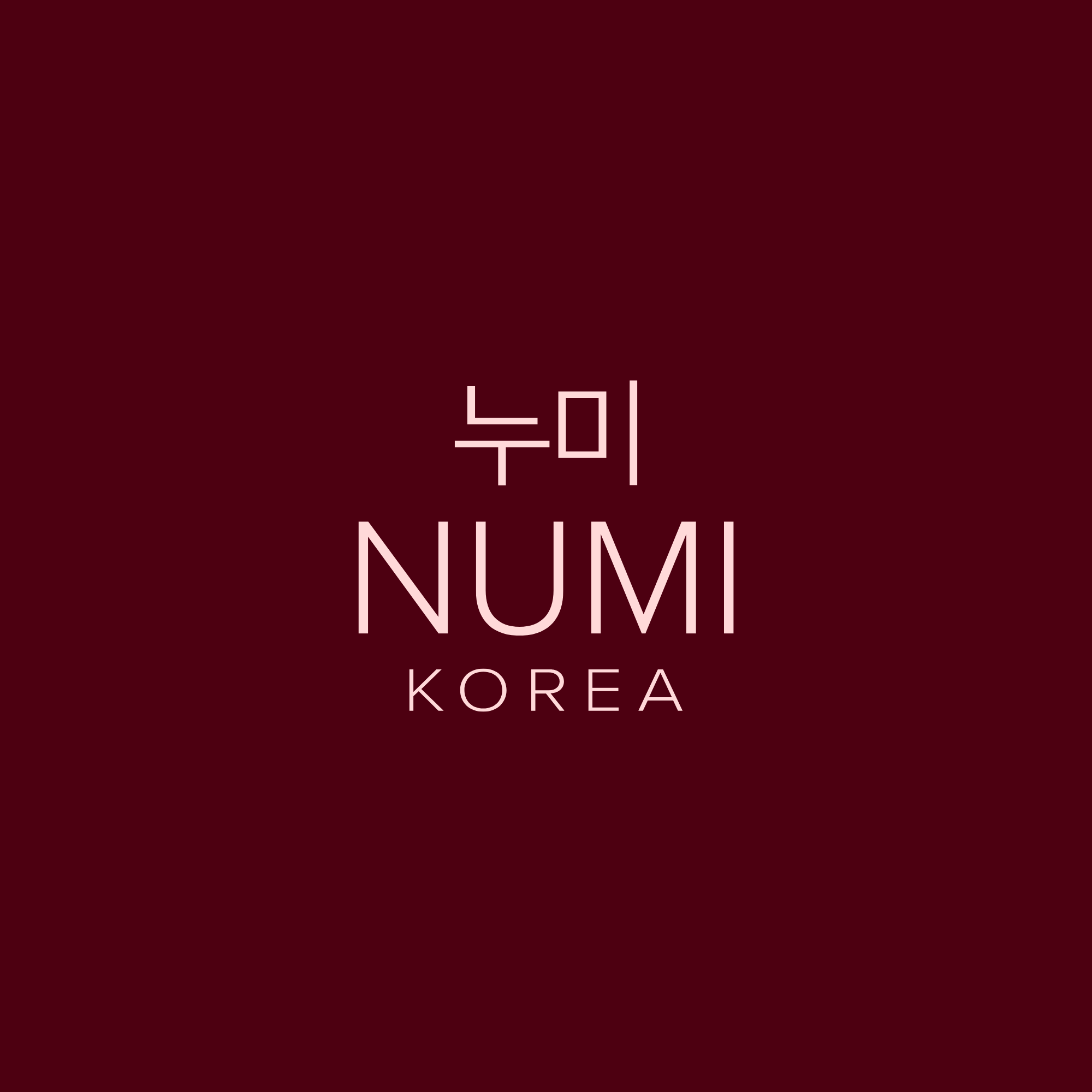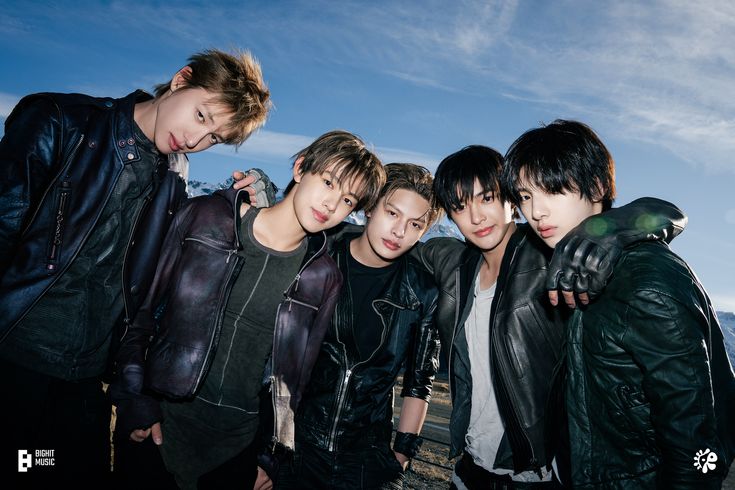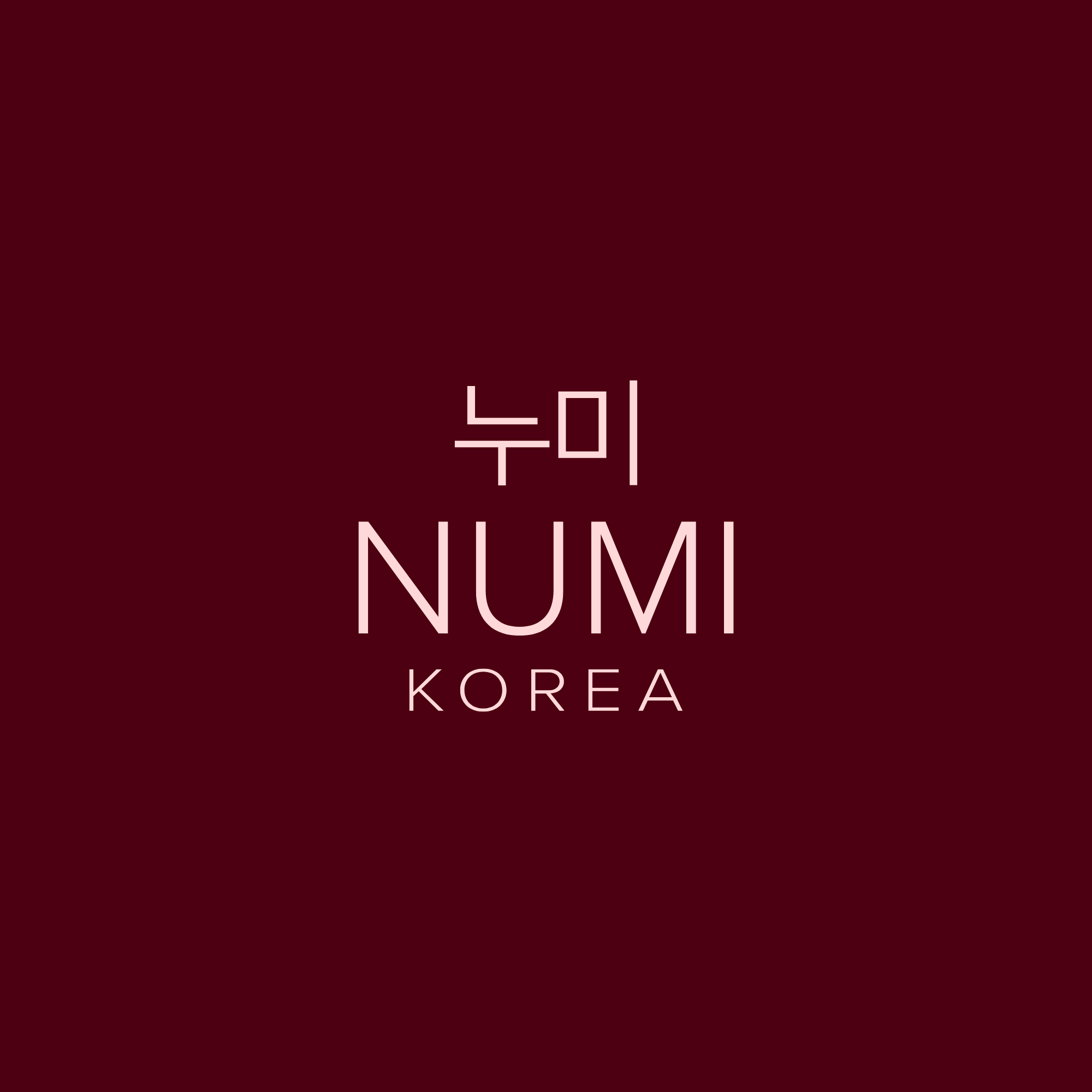
The “What generation are we in?” debate flares up every few years, but HYBE’s rookie group CORTIS has turned a slow burn into a bonfire. Their sound, image, and rollout feel discontinuous with the norms of 4th–5th gen—enough that fans and critics are asking whether CORTIS marks the start of a 6th generation. Here’s a clear, hype-free look at the question.
First, what do “generations” even mean?
“Generations” aren’t official; they’re fan/industry shorthand that clusters debuts by shared conditions—tech platforms, music/visual trends, training/production methods, and global reach. A simple way to think about it:
-
1st Gen (late ’90s–early ’00s): Idol system takes form; domestic TV dominance; H.O.T., S.E.S., g.o.d., BoA.
-
2nd Gen (mid ’00s–early ’10s): Hallyu expansion; YouTube era begins; SNSD, BIGBANG, 2NE1, Wonder Girls.
-
3rd Gen (early–late ’10s): Global touring scale-up; cohesive “fandom platforms”; BTS, EXO, TWICE, BLACKPINK.
-
4th Gen (late ’18–’22): TikTok/short-form natives; performance-first choreography; ATEEZ, Stray Kids, (G)I-DLE, TXT, ITZY.
-
5th Gen (’23–’25): Algorithm-aware rollouts; pre-debut virality; aggressive brand/IP plays; NewJeans, IVE, LE SSERAFIM, RIIZE, BABYMONSTER.
These borders are fuzzy by design. “5th” didn’t replace “4th” overnight; it layered on new distribution logic and brand economics.
What would qualify as 6th Gen?
Rather than a date, think thresholds. A plausible Gen6 marker would include most of the following:
-
Platform-native creativity 2.0: Songs built for multi-cut use (MV, challenge, live camera edits), but also for real-time remixing and creator co-ownership.
-
Sonic risk as the default: Rage-rap textures, hyperpop gloss, club-lean minimalism—less maximalist EDM, more space for ad-libs and flow.
-
Fan-to-IP pipelines: Fans don’t just stream; they co-produce memes, choreo variants, cover stems, and visual assets sanctioned by labels.
-
Faster content clocks: Micro-eras (6–8 weeks), rolling A-sides, iterative visuals, and non-linear “worlds” instead of album cycles.
-
Global A&R by design: Cross-border writing camps from day zero; debut songs aimed at multilingual hooks and festival-scale stages.
-
Creator-economy staging: Stages lit, shot, and mixed for phone-first broadcast, not just arena sightlines or TV cams.
If a new act emerges operating natively across most of these, you can argue the ground has shifted.

Why CORTIS sits at the center of the argument
-
A sound that leans rage/trap with pop instincts. CORTIS’s beat choices foreground sub-bass, chantable ad-libs, and “call-and-response” hooks—what many fans summarize as “Travis x Carti energy.” It’s less about traditional chorus belting, more about groove, bounce, and texture.
-
Short-form dominance by design. Their most viral clips aren’t just dance points; they’re micro-performancesthat read like modular scenes—easy to duet, stitch, or re-score.
-
Visual grammar built for edits. Camera blocking favors whip-pans, spotlight bursts, and negative space, which translates cleanly to creator remixes and fancam virality.
-
HYBE’s playbook evolution. The group benefits from HYBE’s multi-label infrastructure (global songwriting/production networks, narrative branding, and performance coaching), but with a looser, creator-friendly IP posture that encourages fan reinterpretation.
The pro-Gen6 case
-
Form follows platform: CORTIS’s songs feel engineered for 2025’s discovery stack (Reels/TikTok/Shorts) without sacrificing replay value on streaming—suggesting a new baseline for composition and arrangement.
-
Performance minimalism, energy maximalism: Instead of density, CORTIS rides pockets—half-time drops, chant bridges, responsive ad-libs—geared for festival crowd control and viral crowd cams.
-
Community as production layer: The group thrives on fan-led amplification—challenge variants, mashups, and live cuts circulate as canon, not ephemera. That’s a step beyond 5th gen’s “dance challenge” era.
-
Brand architecture: Their visuals and styling skew streetwear-industrial with flexible silhouettes—easy to cosplay, easy to clip—signaling a tighter loop between fashion content and music rollout.
The skeptical view
-
It could be late-5th gen refinement. Many “new” traits—short-form optimization, global A&R, modular stagecraft—appeared in 2023–2024. CORTIS might be peak 5th gen, not a new epoch.
-
Generations are marketing frames. Labels (and fandoms) benefit from declaring “the next era.” The risk: over-naming incremental change and diluting the term.
-
Continuity matters. K-pop still depends on tight training systems, synchronized live craft, and fandom economies built in 3rd–4th gen. Those pillars didn’t reset.
A neutral framework to judge Gen6 claims (apply to any new group)
Ask these five questions:
-
Composition: Are the songs built for multi-format use (TV stage, festival pit, vertical video) from the demo stage?
-
Release logic: Do eras ship as rolling drops (A-side clusters, micro-visuals) instead of single → b-sides → repackage?
-
Fan production: Does the label license, seed, or reward derivative content beyond basic dance challenges?
-
Live design: Are stages lit and shot for phone capture fidelity (clean silhouettes, crisp bass, chorus-first staging)?
-
Globalism: Is the writing room, feature strategy, and promo calendar cross-border by default?
If the answer is “yes” across most items, you’re staring at Gen6 behavior—CORTIS included.
What CORTIS means for HYBE—and everyone else
-
HYBE: Proof that the company can diversify sonics beyond its marquee acts while bending platforms to the music, not vice versa. Expect faster micro-era turns, festival-forward mixes, and collabs that live natively on short-form before radio.
-
Peers & rivals: Anticipate leaner arrangements, chantable hooks, and camera-aware choreography across debuts industry-wide.
-
Fans & creators: More freedom to co-author a group’s public narrative—official stems/snippets, challenge toolkits, and fan-credit incentives could become standard.
So… are we in the 6th generation?
Short answer: We’re at the threshold. CORTIS embodies enough of the new rulebook to make a serious Gen6 case, even if the industry hasn’t fully crossed over. If the next wave of debuts adopts the same platform-native composition, creator co-production, and live-first staging, the “6th generation” label will stop being a debate and start being a description.
Quick Takeaways for Your Blog Readers
-
CORTIS is the spark, but Gen6 will be defined by a cluster of acts operating with the same assumptions.
-
Watch for rolling drop schedules, rage-lean/spacey mixes, and phone-optimized stages.
-
The shift isn’t about a date; it’s about how music is written, staged, and circulated in 2025.


